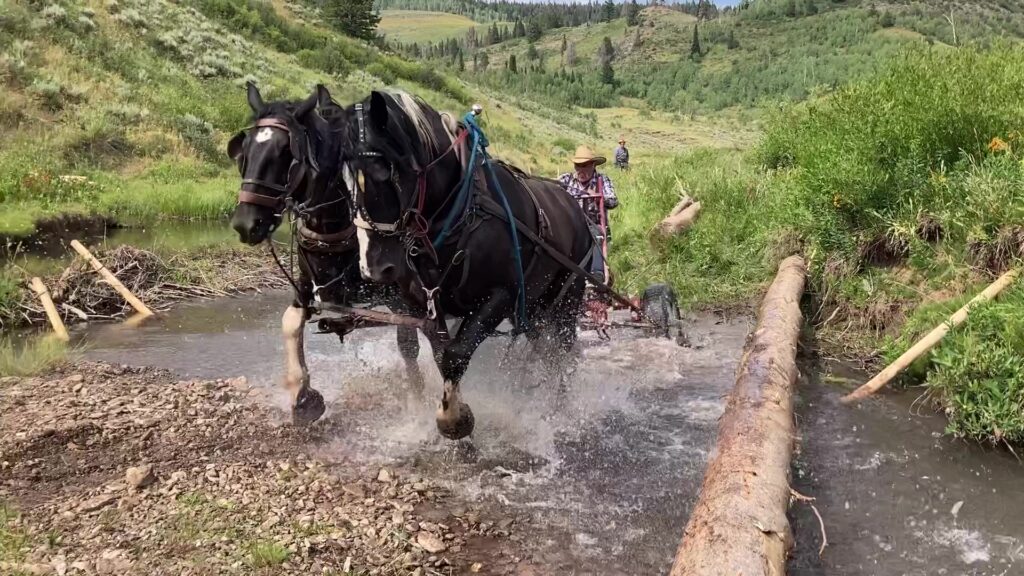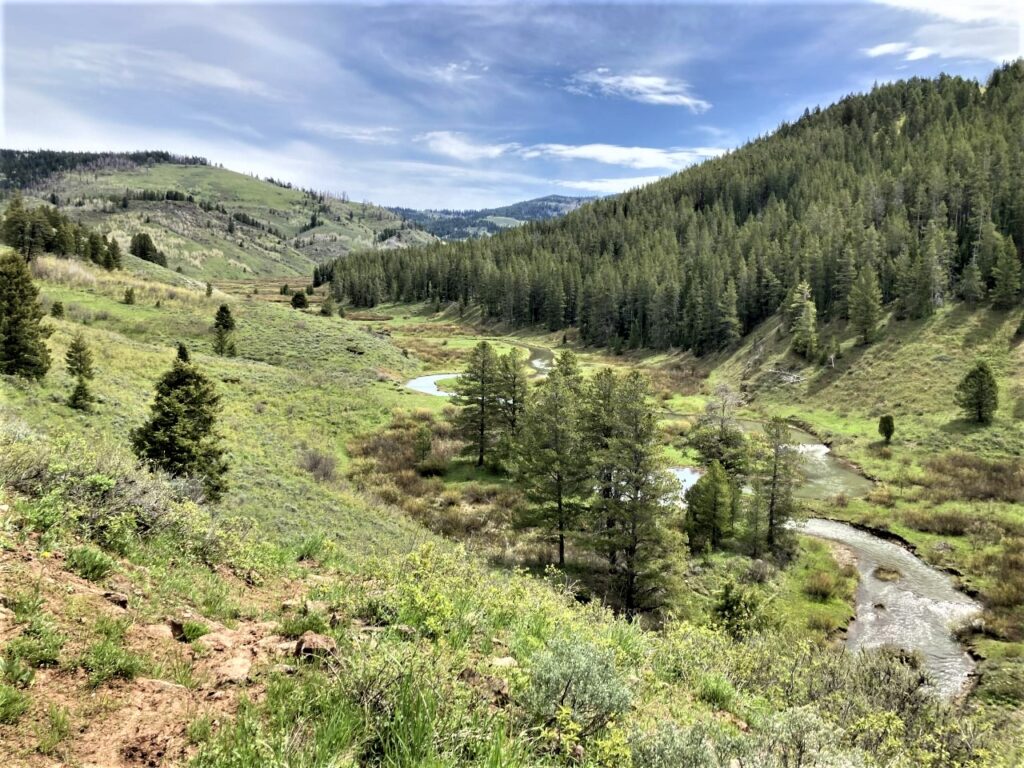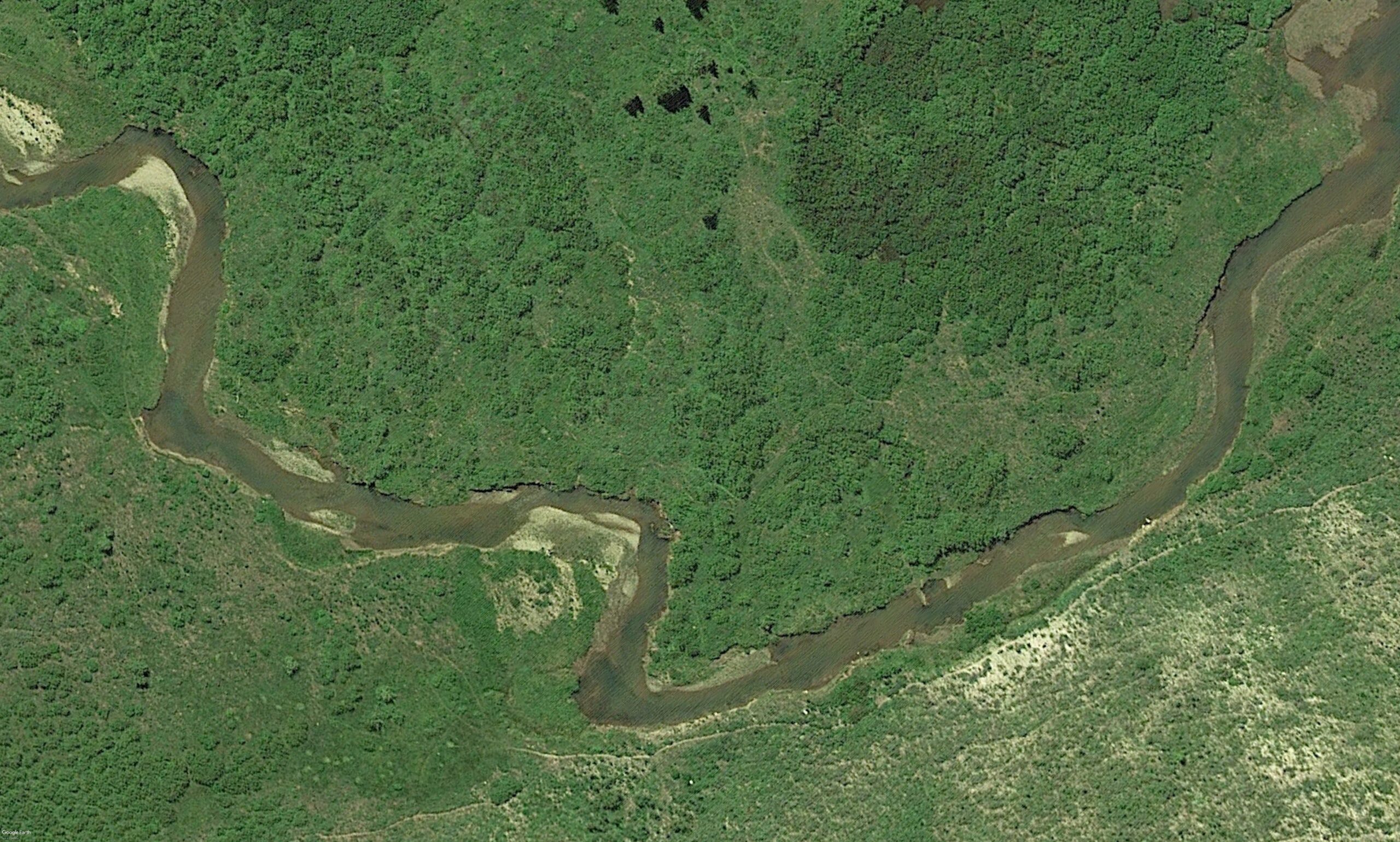
The North Fork Tincup Creek Process Based Restoration Project has worked to improve riparian conditions and habitat for Yellowstone cutthroat trout, northern leatherside chub, boreal toad, western pearl shell mussels and bluehead suckers. These are all native species with special management emphasis. The North Fork of Tincup Creek lies in a roadless area, so heavy equipment could not be used for restoration.
The North Fork of Tincup Creek is overwidened and downcut, with two to four foot vertical, eroding banks. Poor instream habitat has resulted in low fish densities and it is listed as sediment impaired by Idaho DEQ. Due to the remote area, partners opted to use a low-tech, process based restoration approach. This approach uses structures built from natural materials to mimic natural stream processes.

In Phase I, over 400 large trees were cut in the project area. These trees were then pulled and positioned by teams of draft horses. Lee Mabey, Forest Fisheries Biologist for the Caribou-Targhee National Forest, designed the structures and oversaw the placement of each log. The goal of the log additions was to increase habitat complexity and aggrade the channel to reconnect the stream to its floodplain. Before and after images from Phase I are shown below. Phase II is scheduled for summer 2024 and will include a similar scope of work to Phase I.
Additional Resources:


